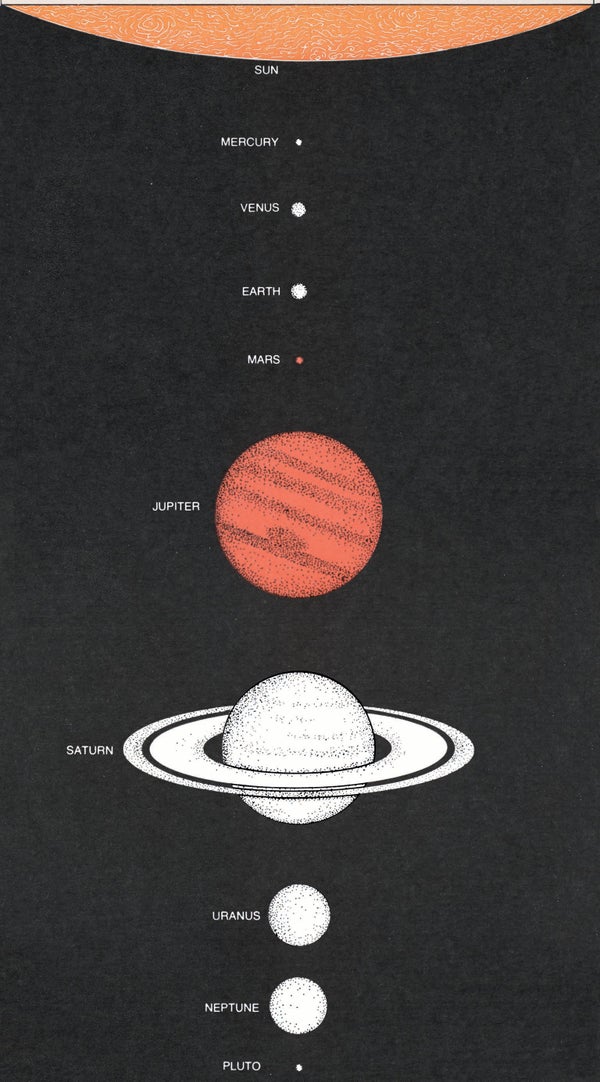March 2024: Science History from 50, 100 and 150 Years Ago
Hashish addiction; a pension for Madame Curie
1974, Planet Data: Mercury’s gravity is 0.38 that of Earth’s. Jupiter’s mass is about 318 Earths. One Neptune revolution around the sun takes 165 Earth years. Venus rotates in a direction opposite to that of Earth.
Scientific American, Vol. 230, No. 3; March 1974
1974
How Balanced Rocks Stay Upright
“A large rock balanced on a small protuberance is a wonder. In Goblin Valley in southern Utah there are more than 1,000. But how do the rocks stay balanced? Balanced rocks originate when a bed of sediments is dissected by erosion until a column is formed. If the strata at the top are harder than the strata farther down, erosion will whittle the softer rock to a pillar. So what keeps the capstone in place? Two investigators at Kansas State University suggest that when the capstone first begins to tilt, the point of contact to its pillar shifts, remaining under the capstone’s center of gravity. Rock under the stress of compression is more resistant to erosion than unstressed rock, so thereafter the unstressed section will erode more rapidly than before. Successive tilts in other directions will stress successive sections of the pillar, and the differential erosion will make the process self-leveling. The capstone will remain poised on the pillar until the inevitable day when the area of contact becomes too small for the self-leveling to continue, and the balancing rock crashes satisfyingly to the ground.”
On supporting science journalism
If you’re enjoying this article, consider supporting our award-winning journalism by subscribing. By purchasing a subscription you are helping to ensure the future of impactful stories about the discoveries and ideas shaping our world today.
Reactor Rush
“At the end of 1973 the U.S. had 42 operable [commercial] nuclear reactors, according to the Atomic Industrial Forum Inc. It also counts 56 reactors under…
Read the full article here







